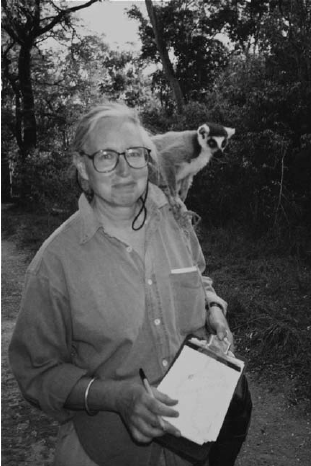LESSON 2.6
SONY
In the past chapters we have covered—
Summary: Consists of a What Statement and a Why Statement. Together they tell readers what the document’s subject is and why it is important.
Old: Discusses what readers probably already know. This variable forms the foundation for what is to come.
New: Discusses what readers probably do not know much about. It’s a variable they are likely to find interesting.
Why: Tells readers why the subject is important. This variable keeps readers from guessing why the writer created the subject.
SONY
Together, the main letters of the document’s four parts form SONY. Easy to remember, it always works, with the following exceptions:
- The summary is necessary only for formal documents, such as—
- Formal essays
- Research papers
- Argumentative papers
- Legal documents
- Documents that consist of directions use SOYN (Summary, Old, Why, New). Readers need to know why something is important before they are willing to follow directions. Direction documents include—
- How-to papers These tell how to assemble something.
- Destination documents These tell how to arrive at location.
- Complaint letters These identify a problem and propose a solution
- Sales letters These identify products or services and tell why and how readers should obtain them.
Using SONY
Jacki is in the fifth grade. Her teacher has tasked the class with this assignment:
Write an essay of at least 300 words that answers this prompt: If you could interview any (real) person, living or dead, who would it be? Why?
Which of the following would be the best person for Jackie to write about?
The answer is “f.” Lincoln, Washington, Obama, Jolie, and James are Old information, because educated, adult readers probably already know a lot about them. Her father is also Old information. Readers do not know much about him except that he is Jacki’s father, but unless he has done something extraordinary, then he is likely to be boring.
The month before, the teacher had assigned,
If you could be any wild animal, what would you be? Why?
Jacki had researched and written about aye-aye lemurs. She has information at her fingertips: rather, she has information in her head.

During her research, she learned about Alison Jolly, a professor from Rutgers University. Dr. Jolly researched ring-tailed lemurs for fifty years and showed that females – rather than males – dominate in ring-tail society. It was the first time that anyone recorded a primate society with female dominance.
Dr. Jolly also helped establish a protected reserve for aye-aye lemurs. On Nosy Mangabe, a small island in Madagascar’s Antongil Bay, it was the only reserve for aye-ayes in the country – and therefore in the world, since lemurs only exist in Madagascar.
Jacki jots down some notes:
- Allison Jolly
- Female dominance of ring-tail lemur society
- Aye-ayes
- Nosy Mangabe Reserve
- “It’s a Man’s World” (James Brown)
- Killed because of a superstition
- AIDS
- HIV and lemurs
Outlines vs. Grocery Lists
In traditional writing, students are asked to create outlines. Sometimes they are required to come up with three (or five) facts for every idea, or to create balloon structures.
A much simpler – and more effective – method is to treat a subject like a grocery list. She has a list of information, just as her mother has a shopping list on the kitchen refrigerator.
Jacki divides her list into categories. Think of it as dividing a shopping list according to what occurs in what aisle. She has these categories:
Allison Jolly | Female dominance of ring-tail lemur society “It’s a Man’s World” (James Brown) | Aye-ayes Nosy Mangabe Reserve Killed because of a superstition | AIDS
| HIV and lemurs
|
Jacki decides that, because her teacher knows she already has written about aye-aye lemurs, she will write about ring-tail lemurs. She will mention aye-ayes, though, when she writes the section about Dr. Jolly.
Having created a grocery list, now Jacki is ready to outline. She develops a summary and then outlines according to Old information, New information, and Why information.
Summary: If I could interview any (real) person, living or dead, I would interview Dr. Allison Jolly, an expert in lemur research. That is important to me because it has made me interested in female-dominant human societies.
Old section: Male dominance in human society
New section: Dr. Jolly + aye-aye reserve + research about female dominance in ring-tail society
Why section: Female dominance in human society
Alternately, she could have outlined her essay like this:
Summary: If I could interview any (real) person, living or dead, I would interview Dr. Allison Jolly, an expert in lemur research. That is important to me because it has made me interested in breakthroughs in HIV research.
New section: Allison Jolly and lemurs + HIV immunity
Why section: Breakthroughs in HIV research

Small Group Activity
Outline an an essay of at least 300 words that answers this prompt: If you could interview any (real) person, living or dead, who would it be? Why? (You cannot use Dr. Jolly as an answer.)
Small Group or Individual Activity
Complete the exercise: Haiti





